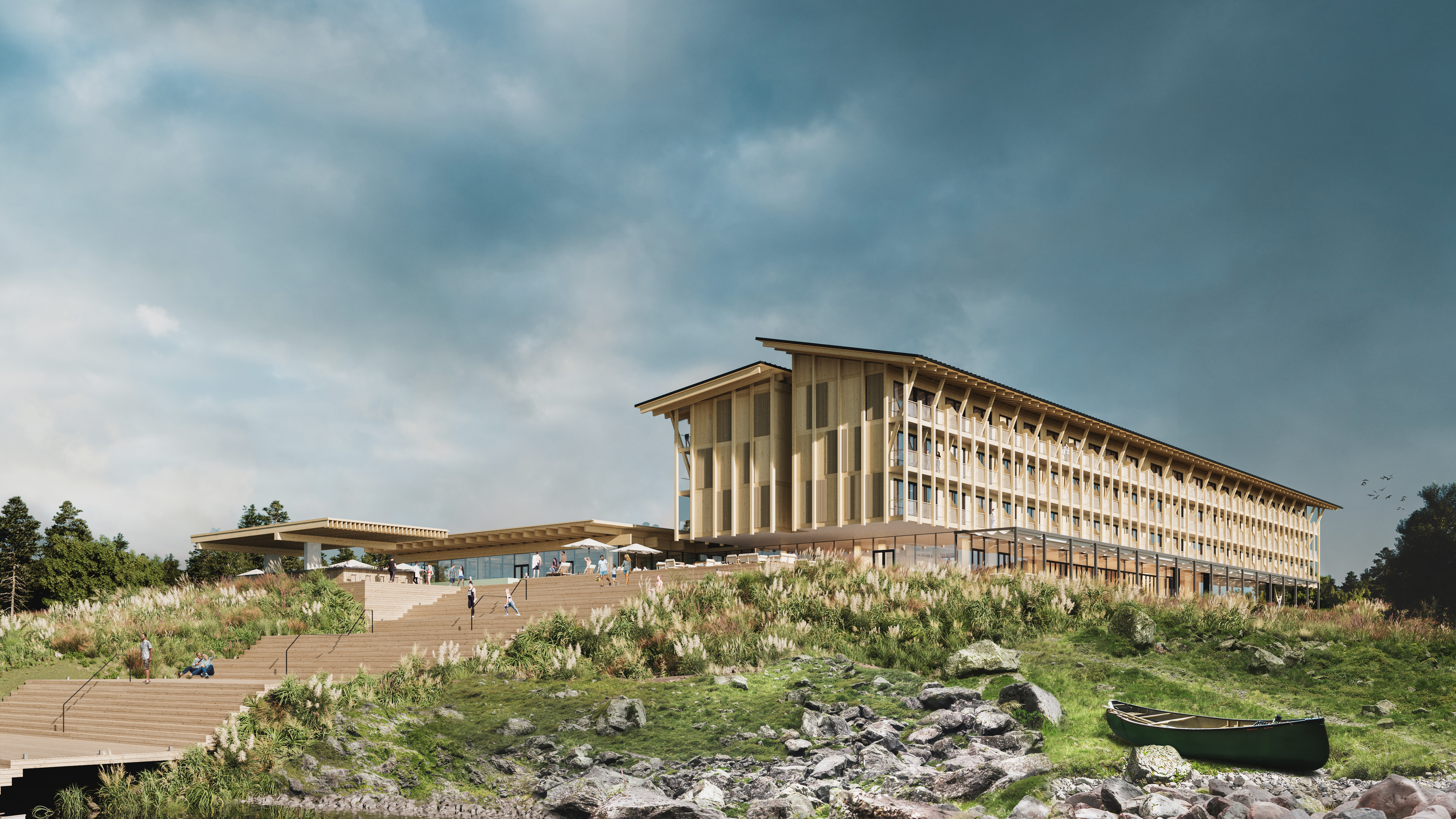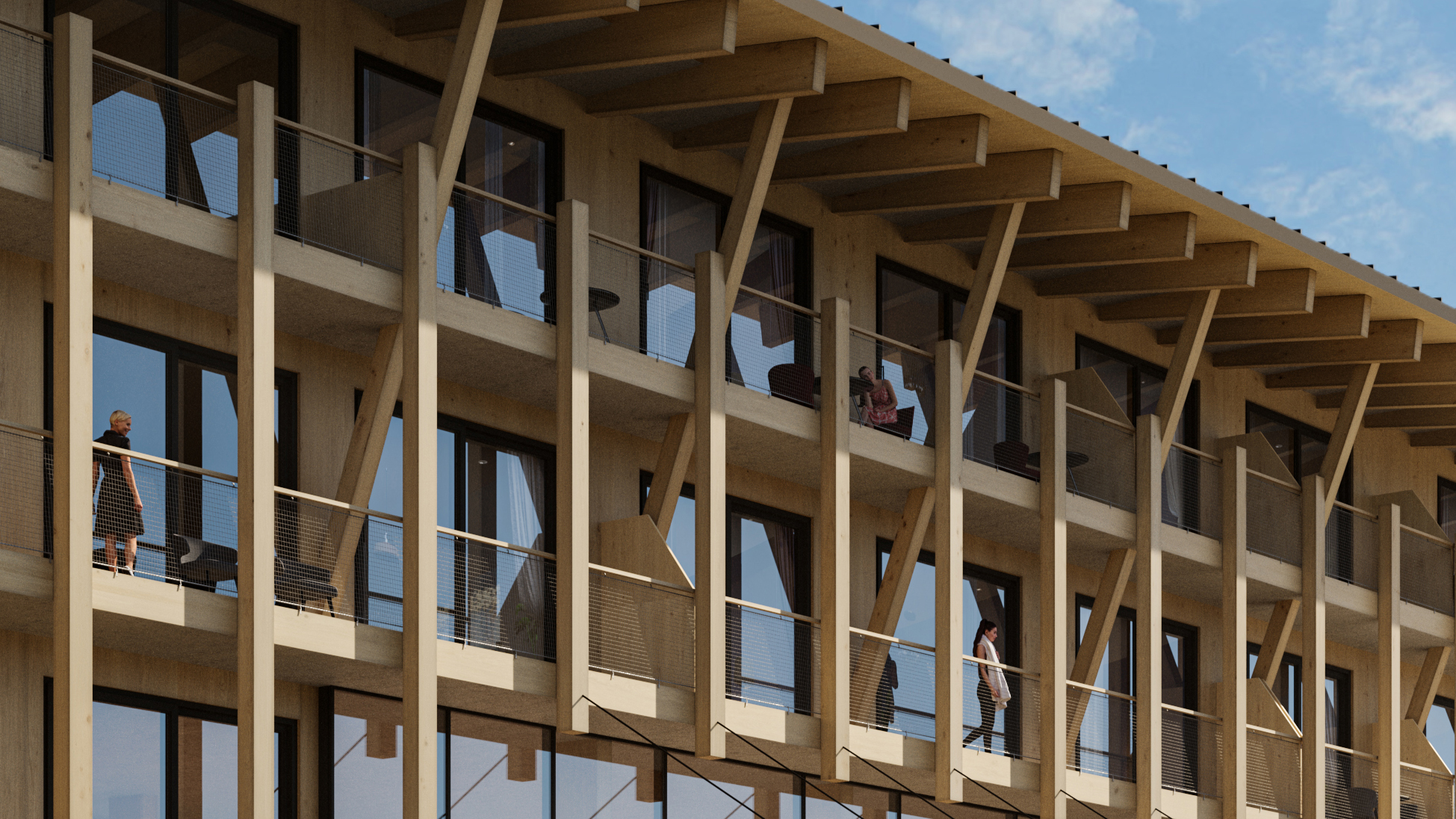Glulam - An Eco-friendly Building Material
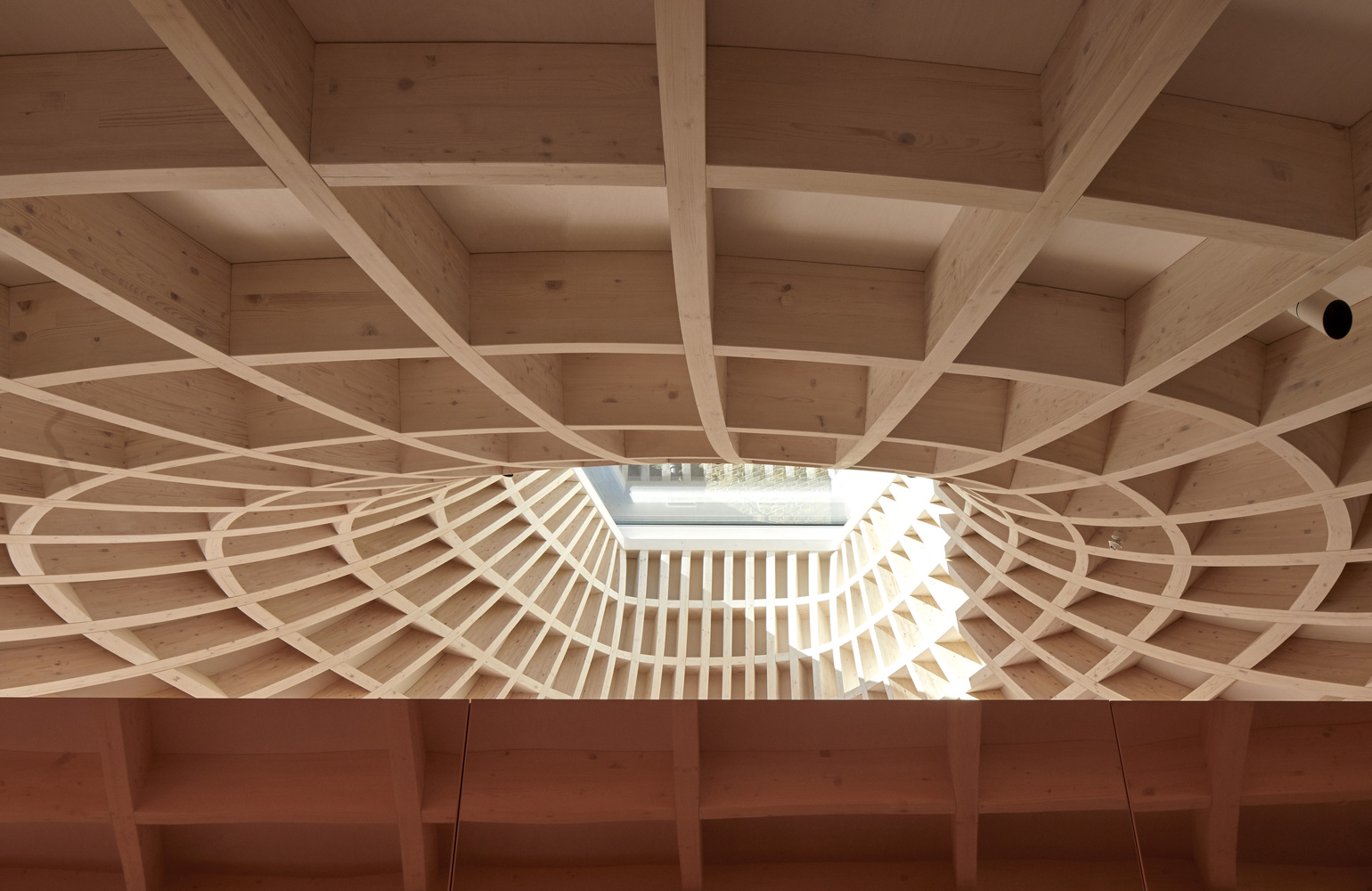
Pollution of the environment with construction waste is a major challenge for modern architecture. Fortunately, the principles of sustainable architecture are rapidly gaining ground in the construction industry, and more and more recyclable, environmentally friendly materials are being used, which on the one hand helps to minimize environmental damage and on the other hand, offers healthy spaces to the public.
That's why we want to introduce you to the eco-friendly material widely used in sustainable architecture - glulam.
Glulam is a glued-laminated wood that is industrially made and widely used in architecture. It is mostly made of coniferous wood, although it can be made of other types of timber, such as oak, birch, or cherry. The wood is laminated and glued together with water-resistant glue and then pressed using appropriate technology to make a glulam beam.
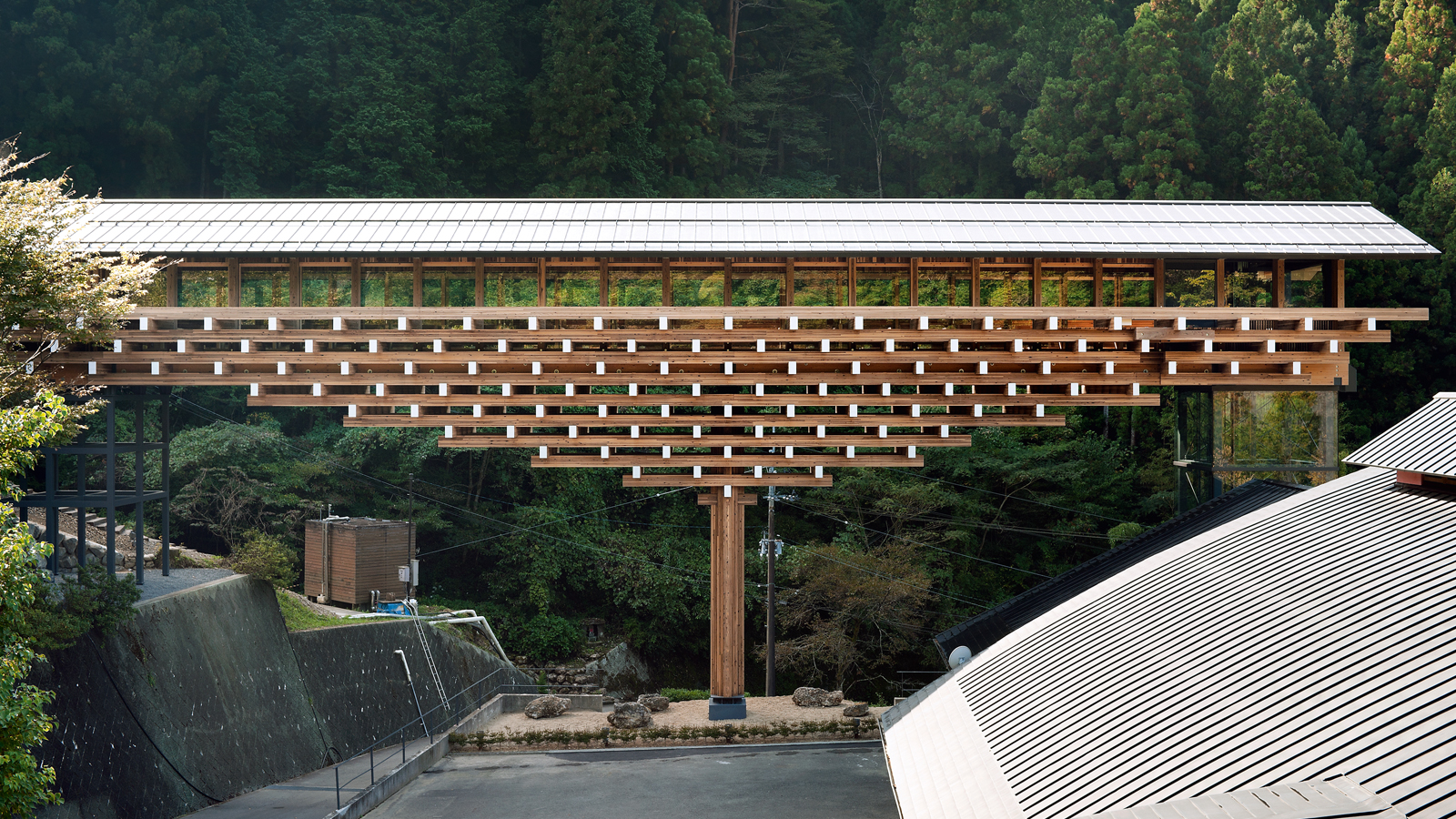
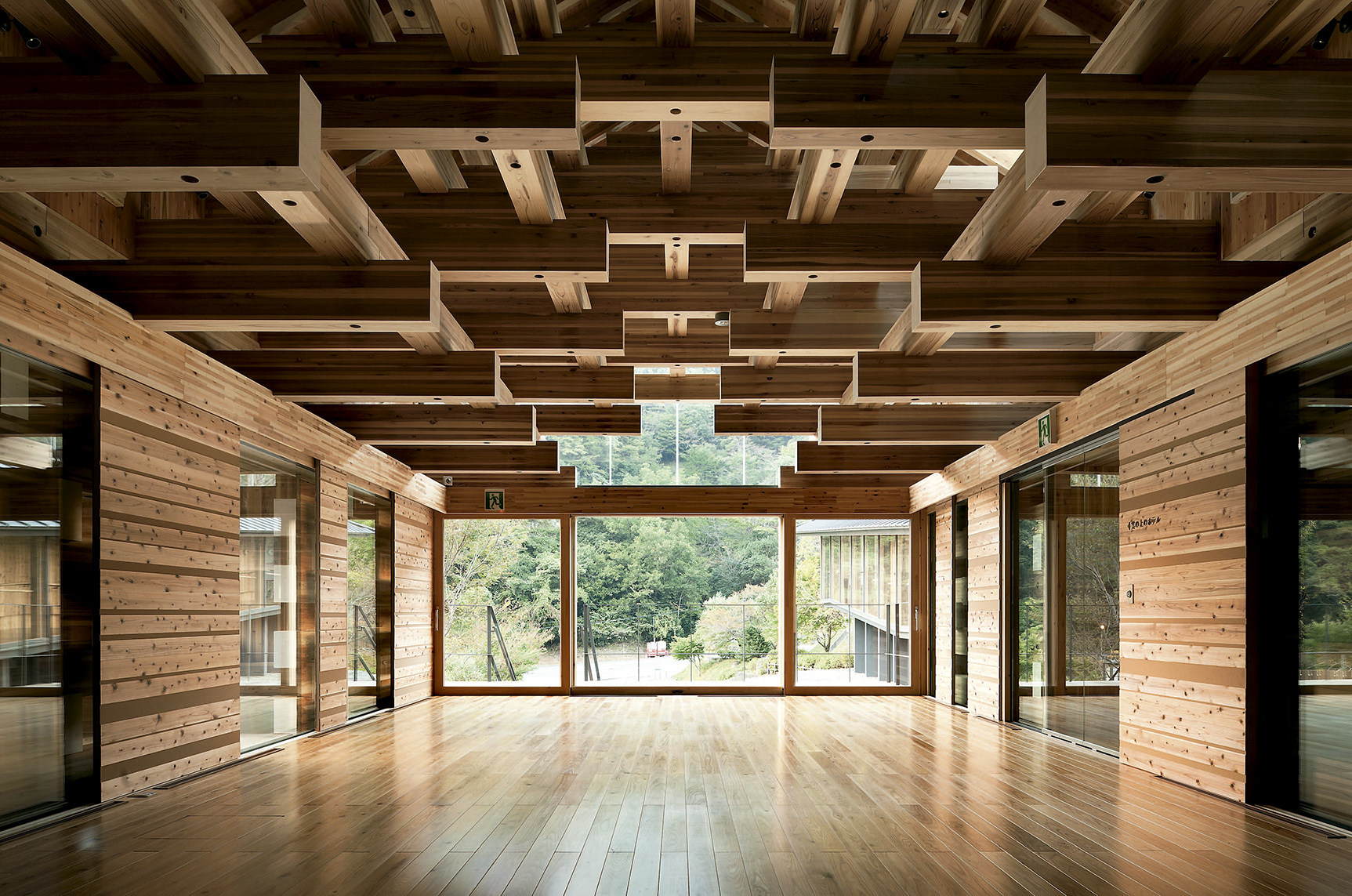
Advantages of Glulam
Ecological Sustainability
As we all know, wood is a renewable natural resource. In addition to aesthetics, the use of timber in architecture adheres to the principles of sustainable development and design. Processing timber requires much less energy and reduces carbon traces, both of which have a positive impact on the earth's pollution level.
Strength and Solidity
When processed using modern technology, glulam is distinguished by its strength and durability, allowing us to use it to construct structures of any shape and size. As a natural alternative to concrete and steel, it can now be used as a primary structural material in any type of construction.
Furthermore, fewer pillars and other auxiliary construction components are needed because of the resistance and solidity of glulam. Structures made of glulam are unlikely to deform over time because glulam bobbins are significantly stronger than steel ones and, generally speaking, more resilient than other wooden materials.
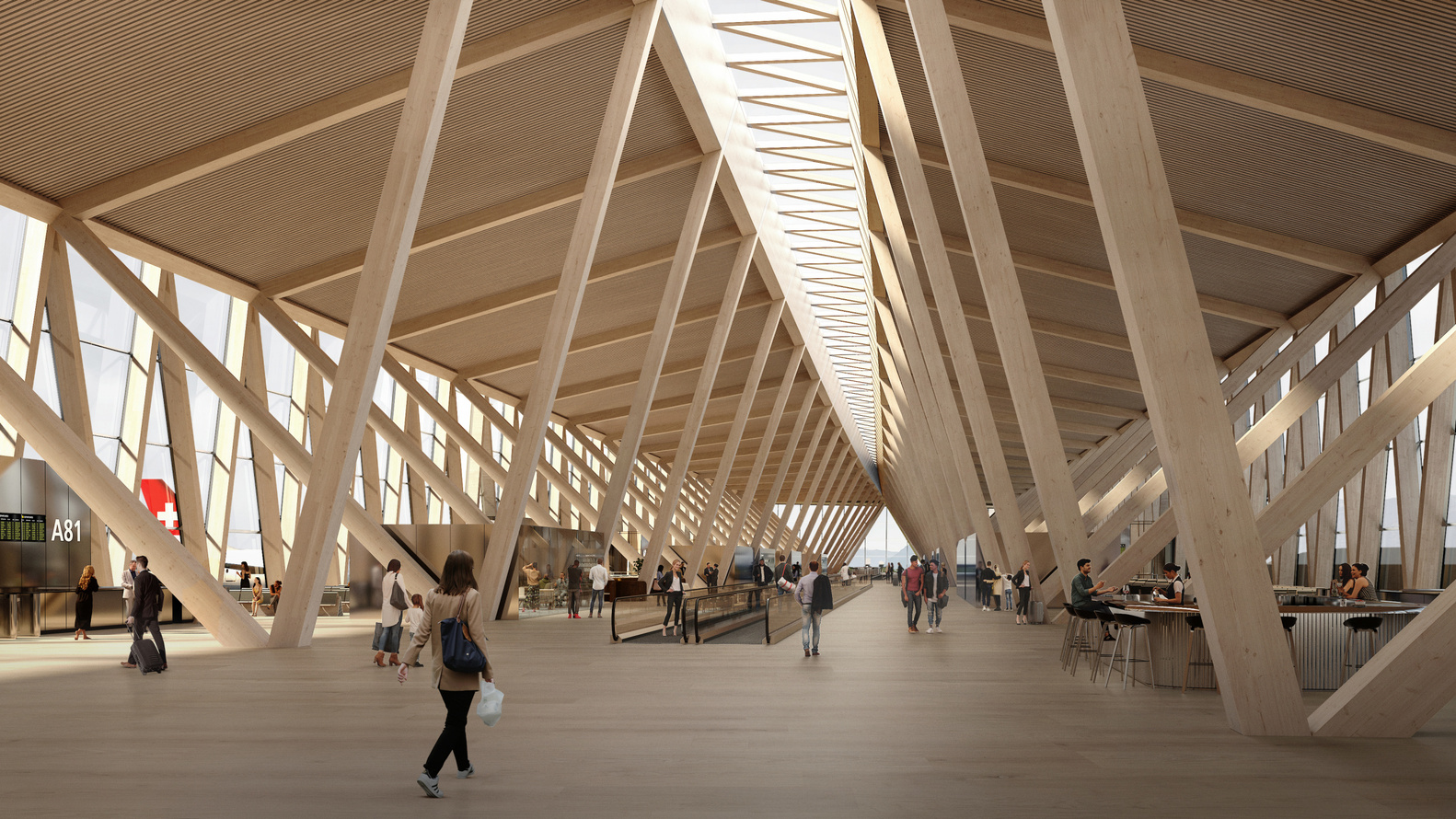
Resistance to Environmental Conditions
Structures made of glulam that are built properly and in the right environment last a lifetime. It is frequently believed that glulam degrades quickly in environments where maintaining dryness is challenging. In fact, environmental factors do not present a barrier for this material if the appropriate wood for the weather conditions is chosen (for instance, bamboo for high humidity areas). As a result, environmental factors do not affect this material.
Glulam is highly resistant to chemicals - According to a study by wesbeam, an Australian wood materials manufacturer company, wood is also protected from the effects of strong acids, including those with a pH of 2.
Fire-resistance
Wood is commonly thought to be a flammable material, but in the case of glulam, this theory is completely false. Glued-laminated timber is highly fire-resistant and meets all structural and construction standards. Even in the event of a major fire, the structure is difficult to deform and retains its structural characteristics. When a glulam beam is exposed to fire, a layer of carbon forms around its structural contents, preventing oxygen and heat distribution to the core and protecting it from burning. According to the British company Glulam Solutions, the burning rate of glulam is 0.7 millimeters per minute, which is quite low. As a result, it is not necessary to coat it with costly fire-resistant paint.
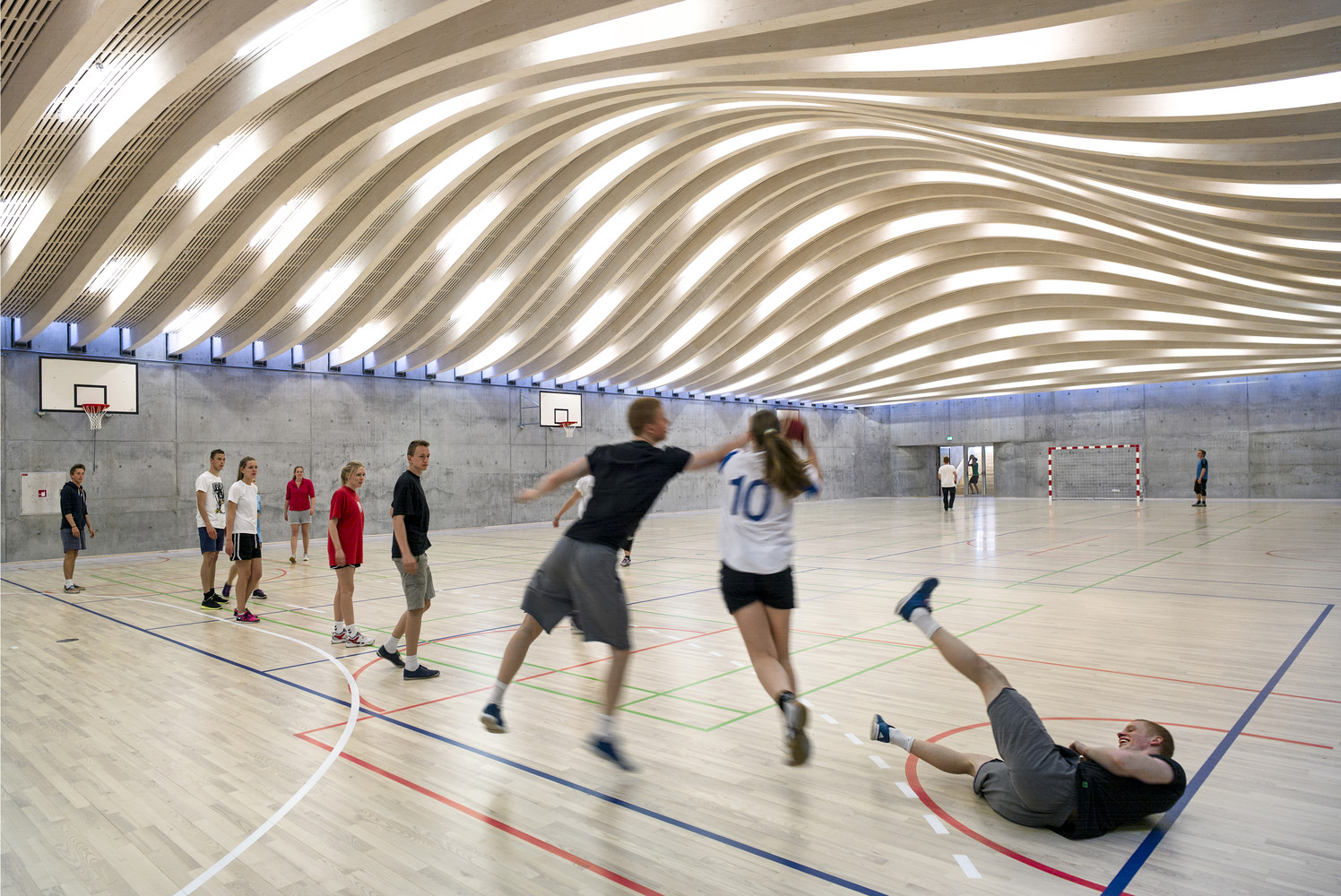
Cost efficiency
For more than 75 years in the United States and more than 100 years in Europe, glulam technology has been widely used and approved. Glulam provides a guarantee of durability and strength while meeting all construction industry standards. Glulam technology can be used to create a variety of columns, anvils, and trusses, as well as walls and other structural or architectural elements.
Another advantage of glulam is the lack of need to cover or cover the structural components with other structural elements, which has a positive impact on the construction budget.
Another advantage of glulam because of its aesthetics is that there is no need for structural components with other materials, which leads to construction budget optimization.
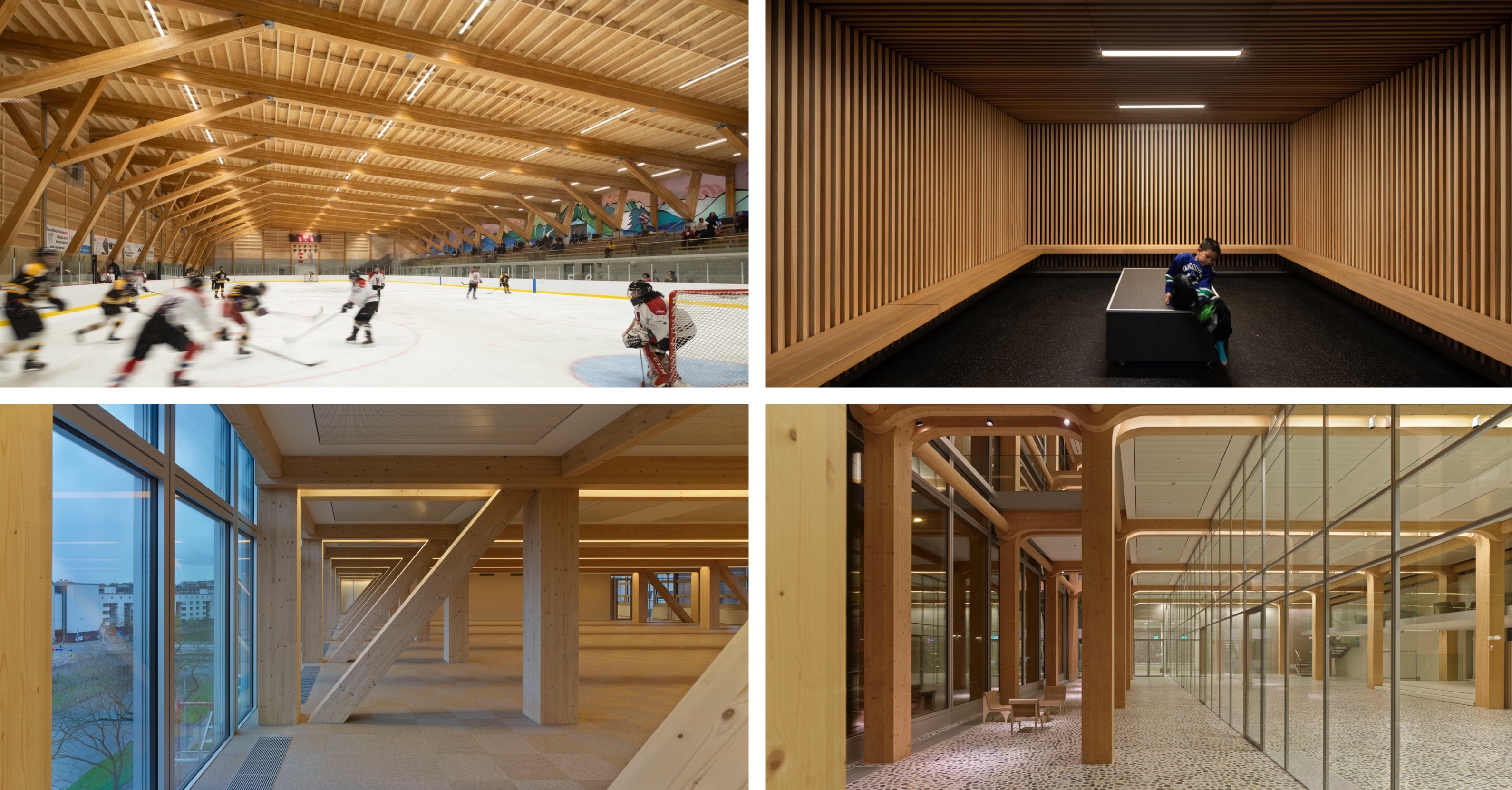
Principles of sustainable architecture are well established in the practice of MUA. Because of the ecological, economic and structural advantages of glulam, it is used as a main building material in Shaori Lake Resort. Glulam is visible in the exterior, as well as the interior of the resort. In addition to the constructive advantage, the visible structural frame of glulam carries the architectural character of the hotel building created by our team.
